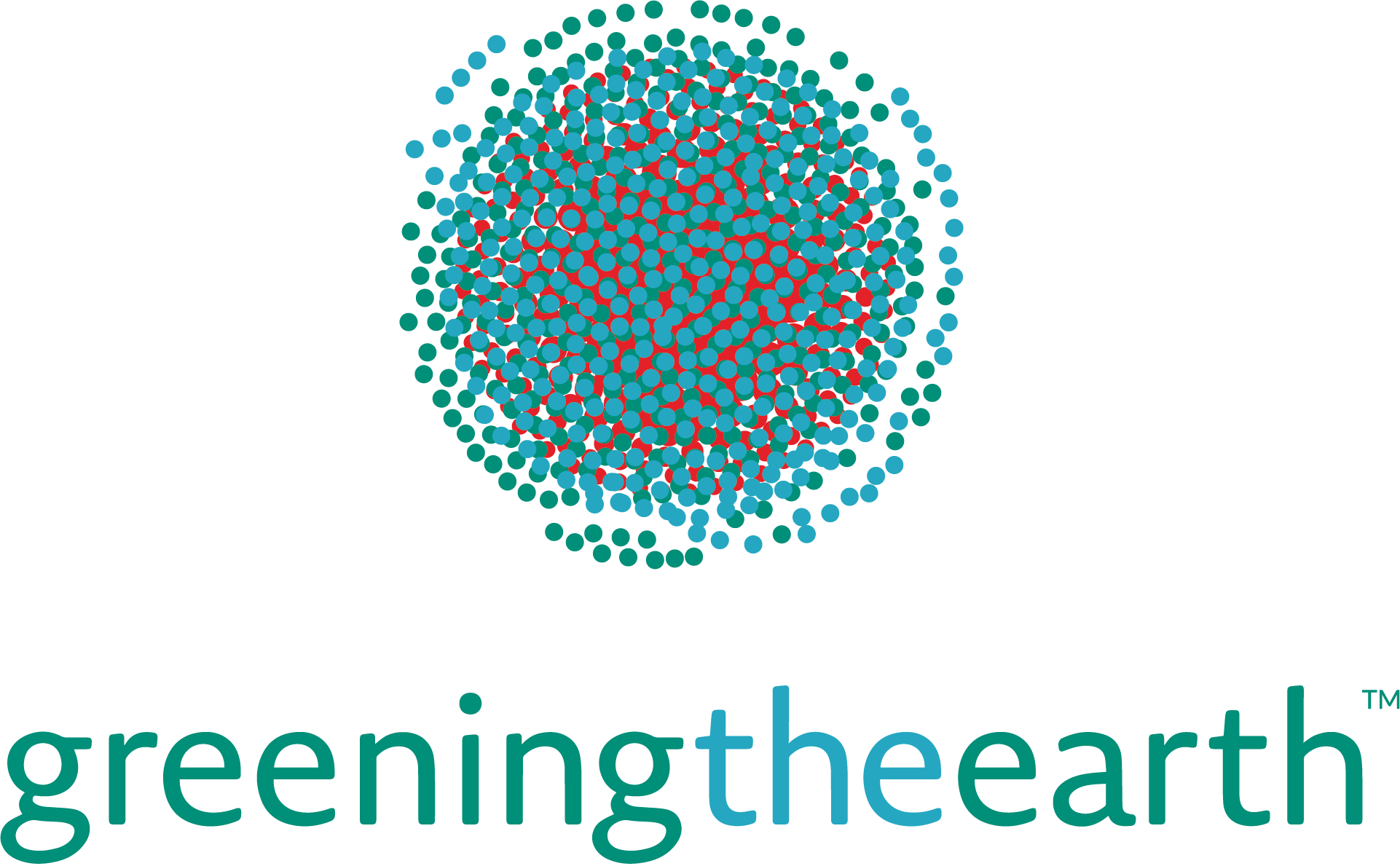Cooling the Planet to Feed the World
Greening the Earth (GTE) improves the soils of the earth to address climate change – creating quality carbon credits by restoring the natural capital of marginal and under-performing Australian farming landscape that uniquely embed Environment, Social and Governance (ESG) values as a way of life for all.
The Problems
Human Impact on the Environment
Human expansion encroaches on the natural world, and many agricultural practices deplete soil rather than regenerating the land
The global food and water crisis
The world does not have enough productive land to grow sufficient food to feed an estimated 10 billion people by 2050
Global water use has grown at more than twice the rate of the global population over the past ten years
Atmospheric Carbon
The nations of the world are struggling to meet their carbon neutrality goals in their attempt to mitigate climate change
The Solution
The solution turns millions of acres of under-performing marginal land into productive farmland using regenerative agriculture to create a wave of permanent new jobs; reduce water needs; restore soil fertility and biodiversity and offset millions of tonnes of carbon emissions annually.
ESG Values
The positive flow-on consequences embed a process that extend Environmental, Social and Governance (ESG) values beyond the accepted realm of listed corporations for adoption by everybody – small business, not for profit groups and the man in the street.
The Outcome
The outcome is a better world whereby soil carbon generated by Australian farms not only improves the quality of the nation’s soils, but creates the world’s largest and most productive carbon sink, producing millions of tonnes of quality Australian carbon credit units (ACCUs) to:
- Improve farm productivity and land values from regenerative agriculture to permanently remediate land that otherwise would remain marginal and under-productive;
- Provide a raft of permanent new jobs for aboriginal and rural Australians in remote areas where opportunity is limited;
- Apply species that slow the progress of bush-fire and flood – recovering quickly from both while protecting oceans, rivers, and streams from effluent runoff;
- Reduce and reverse desertification and loss of topsoil while generating new opportunities from improved grazing and cash crops for fodder and processing for livestock pellets and high-protein food additives and wellness products; and
- Deliver the opportunity to produce net negative emissions dispatchable renewable energy from biomass that does not compete against fertile landscape sustaining the global food chain.
The solution is Greening the Earth
From Aspiration to Inspiration
gte embeds the U.N. SUSTAINABLE DEVELOPMENT GOALs
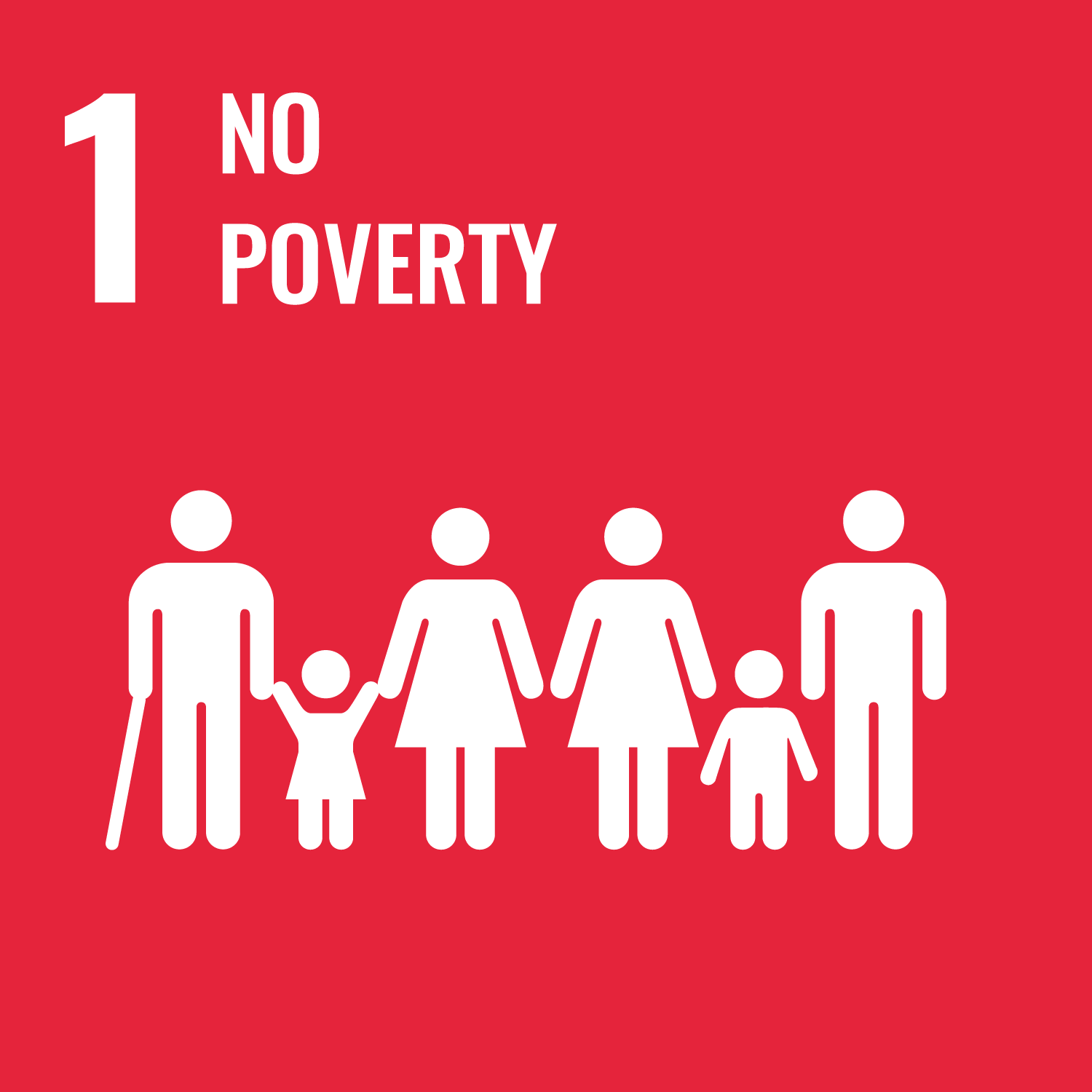
SDG No. 1 - NO POVERTY
Greening the Earth provides jobs and positive business opportunities for rural and aboriginal Australians by increasing agricultural yields; improving land values and growing carbon credits that target the eradication of poverty – providing equal access to resources for communities living remotely on harsh, climatically challenged land.
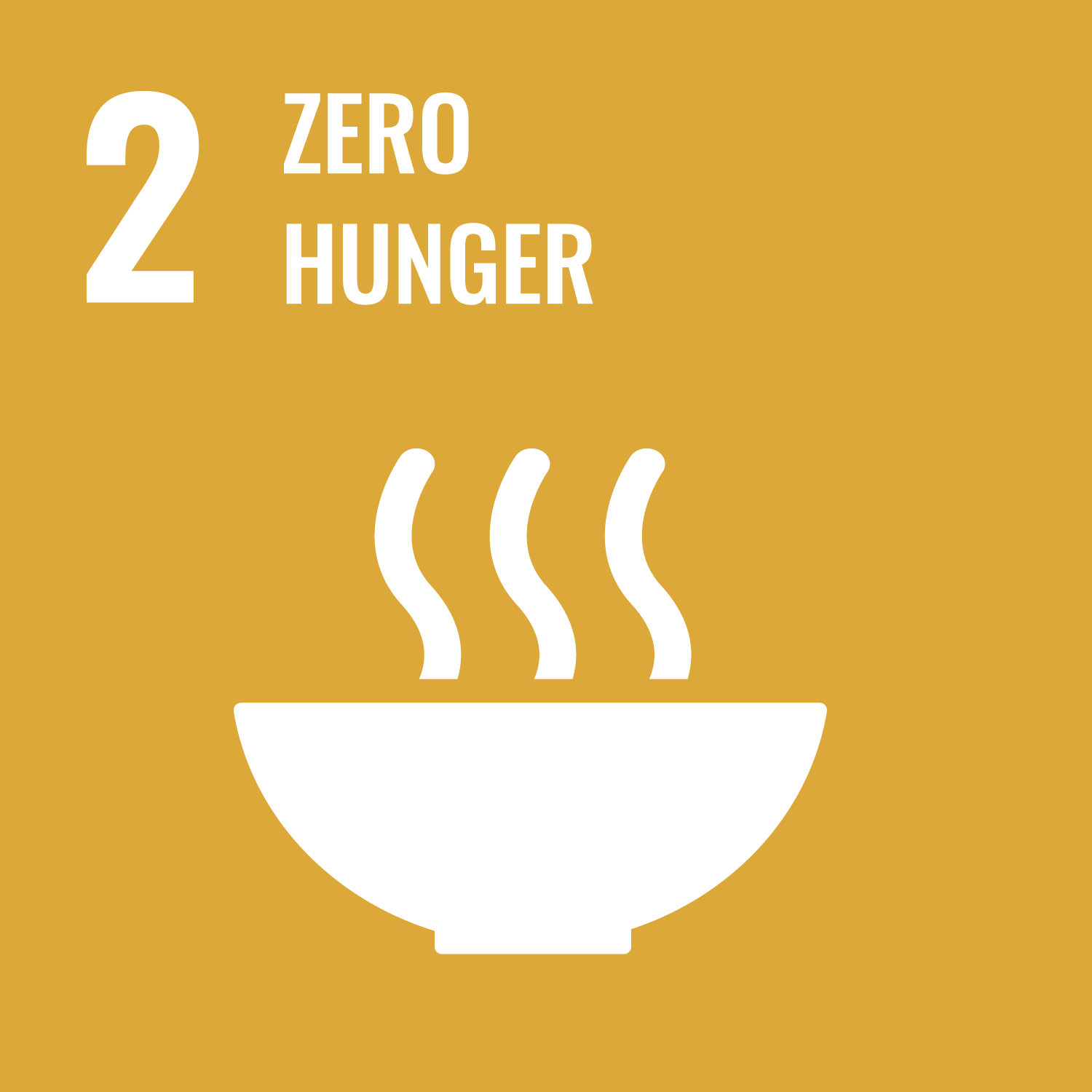
SDG No. 2 - ZERO HUNGER
By achieving food security and improving water resources and nutrition, Greening the Earth addresses hunger from regenerated land that delivers improved grazing and crops for protein and nutrient rich allergen-free food and fodder for better management of natural resources.
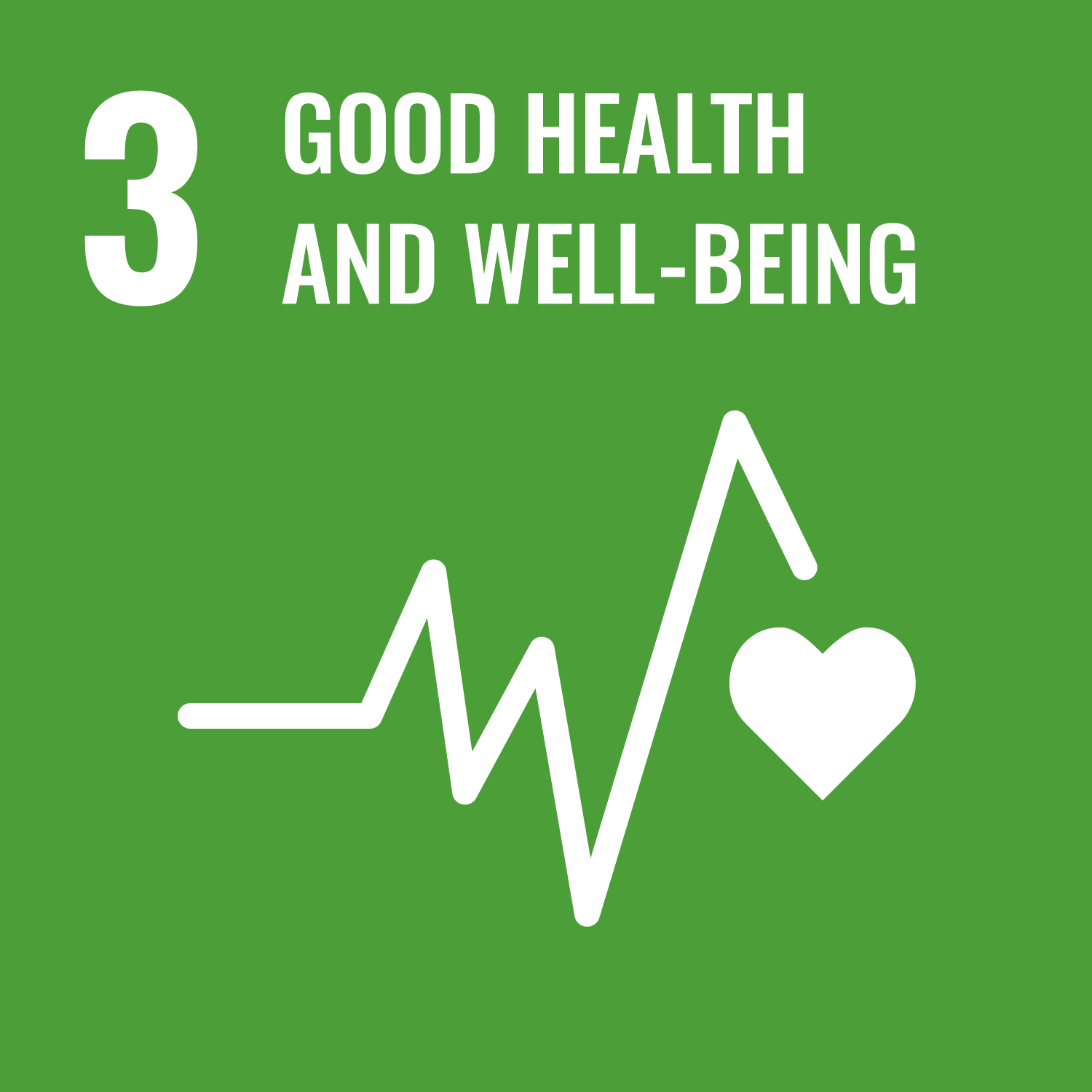
SDG No. 3 – GOOD HEALTH
Ensuring healthy lives and promoting well-being for all is achieved by processing protein, vitamin and antioxidant-rich ingredients as supplements for food additives and animal feed for improved diet for better health for humankind.
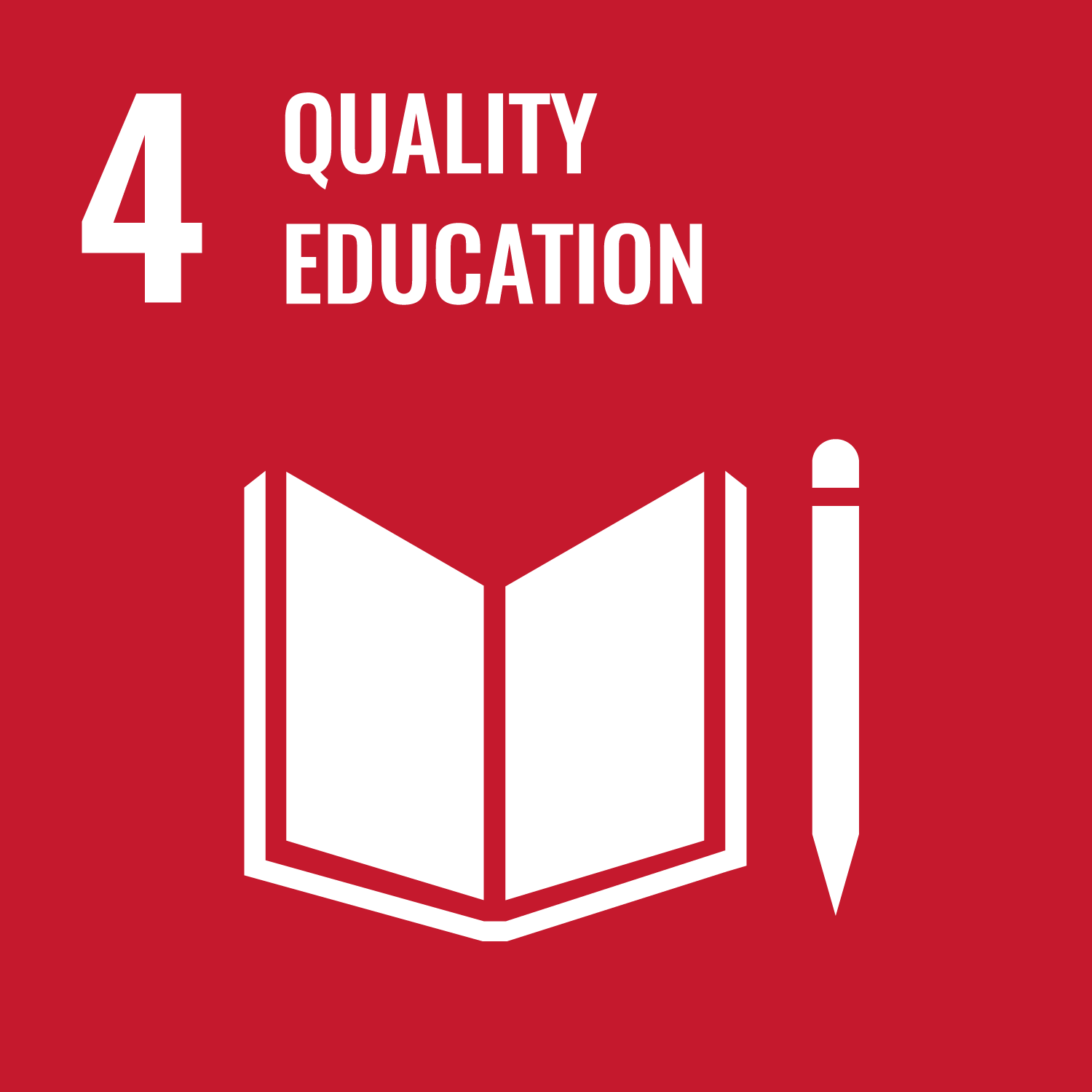
SDG N0. 4 – QUALITY EDUCATION
Improved prosperity ensures communal wealth and inclusive and equitable education for remote and disadvantaged communities by redirecting financial resources towards more teachers; better training and completion of secondary school with access to scholarships and retraining and permanent jobs for those with disabilities and for minority groups.
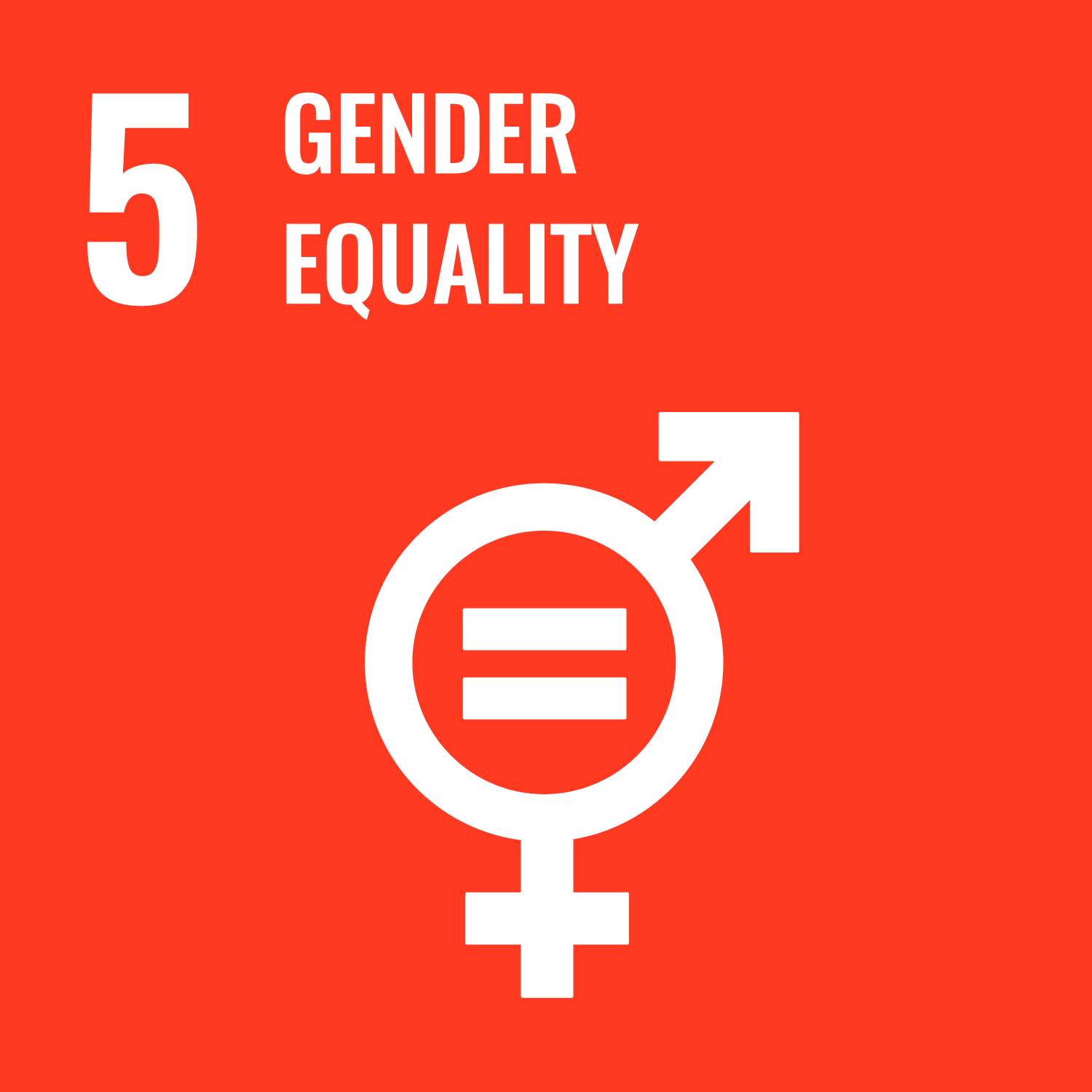
SDG No. 5 – GENDER EQUALITY
Achieving gender equality and empowering women and girls is derived from a holistic series of social programs and improved education opportunities for widespread employment for all genders with diverse abilities – emphasising community involvement and gender equality that ends discrimination against women from gender-based practices.
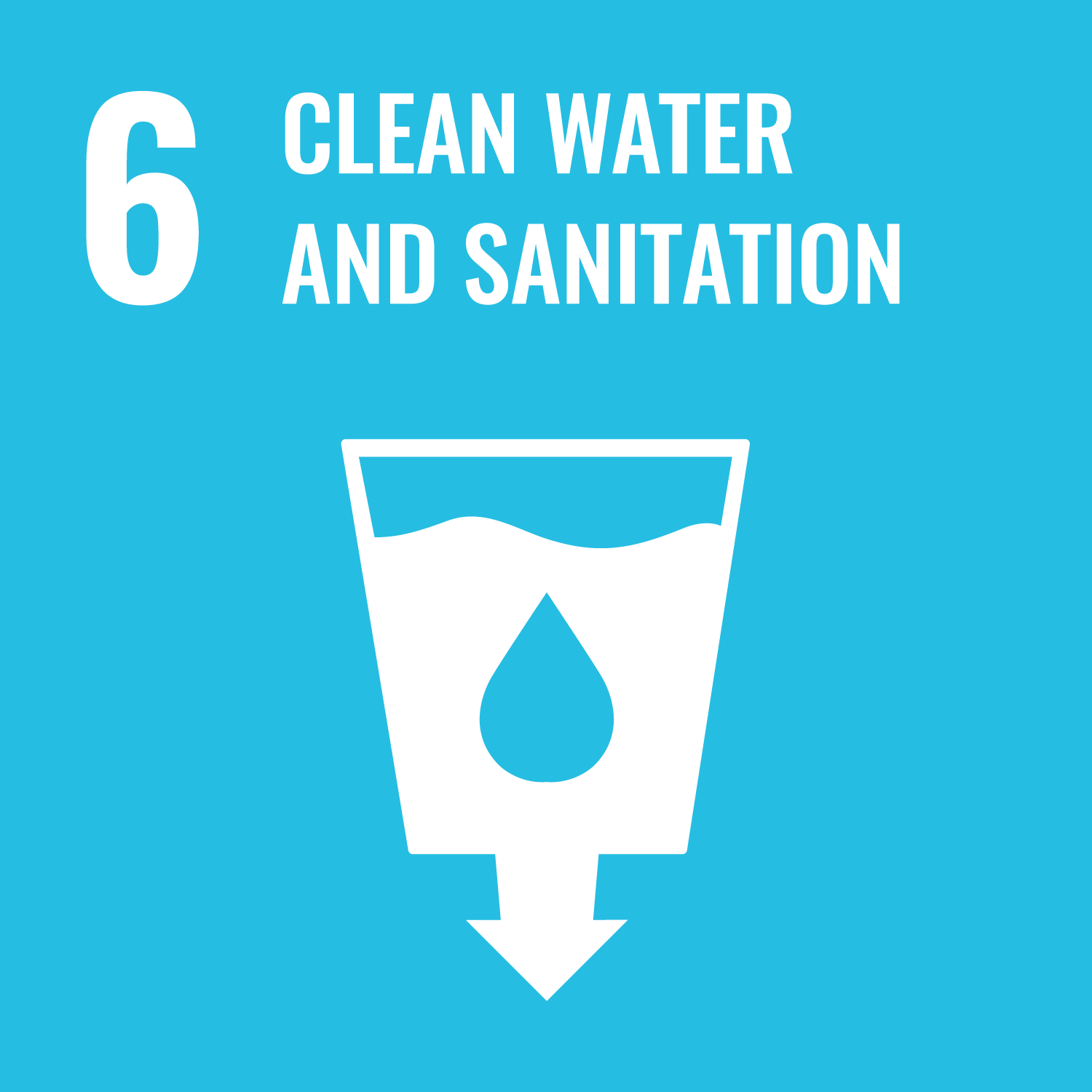
SDG No. 6 – CLEAN WATER AND SANITATION
Ensuring available and sustainable management of water and sanitation by reducing the volume of potable water needed for crop irrigation – saving on water resources for universal and equitable access to water for domestic purposes for drought challenged communities.

SDG No. 7 - AFFORDABLE AND CLEAN ENERGY
Ensuring access to affordable, reliable, sustainable and dispatchable energy is vital for success in remote locations thus research for biomass energy production that simultaneously generates carbon credits, can deliver net negative emissions energy available 24/7 without expensive energy storage needs.
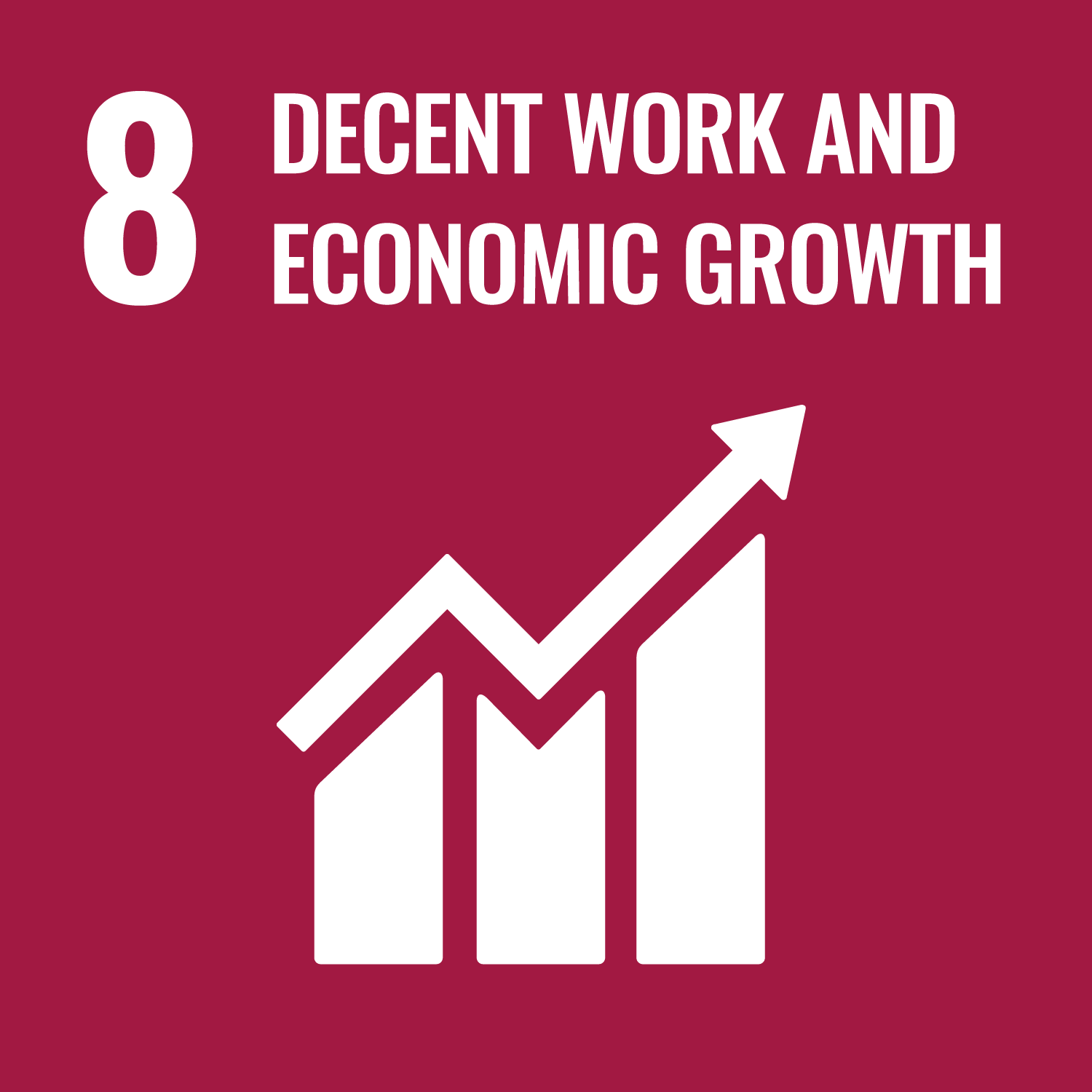
SDG No. 8 - DECENT WORK AND ECONOMIC GROWTH
Promoting sustained, inclusive and sustainable economic growth means full and productive employment and decent work for all – derived from a raft of permanent new jobs from improved agriculture and consequential downstream economic and development opportunities that generate a host of co-benefits for a better life on the land.
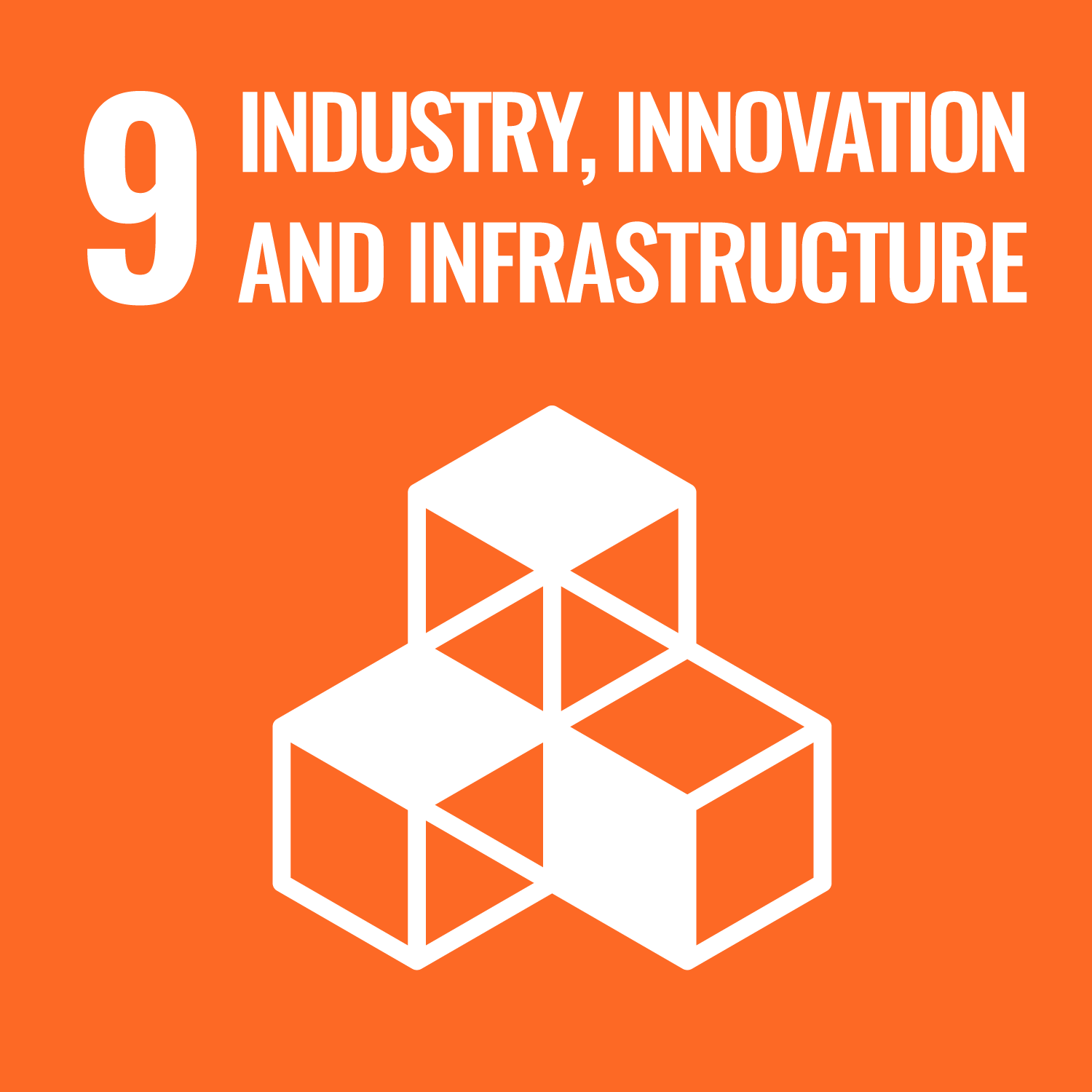
SDG No. 9 - INDUSTRY, INNOVATION AND INFRASTRUCTURE
Building resilient infrastructure; promoting inclusive and sustainable workplaces and fostering innovation at the regional level, develops positive industrial programs with access to financial services for small businesses – retrofitting infrastructure for clean and sustainable technologies and providing innovative research and development in harmony with nature.
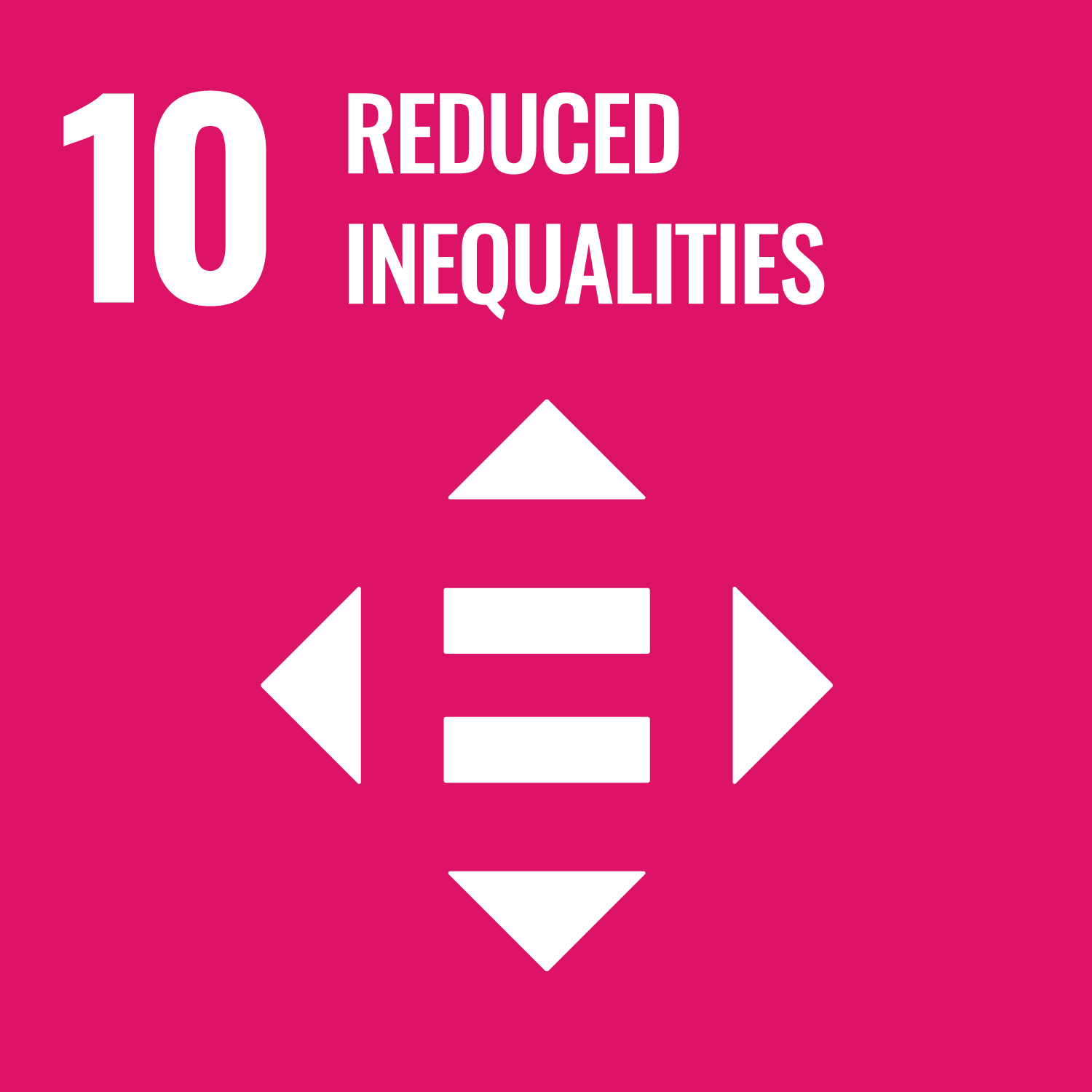
SDG No. 10 - REDUCED INEQUALITIES
Reducing inequality between communities creates permanent, new jobs and the opportunity for income growth from commercial practices for disadvantaged communities for valuable societal roles with wages at appropriate rates – regardless of age, ethnicity, or religion that includes superannuation entitlements for all.
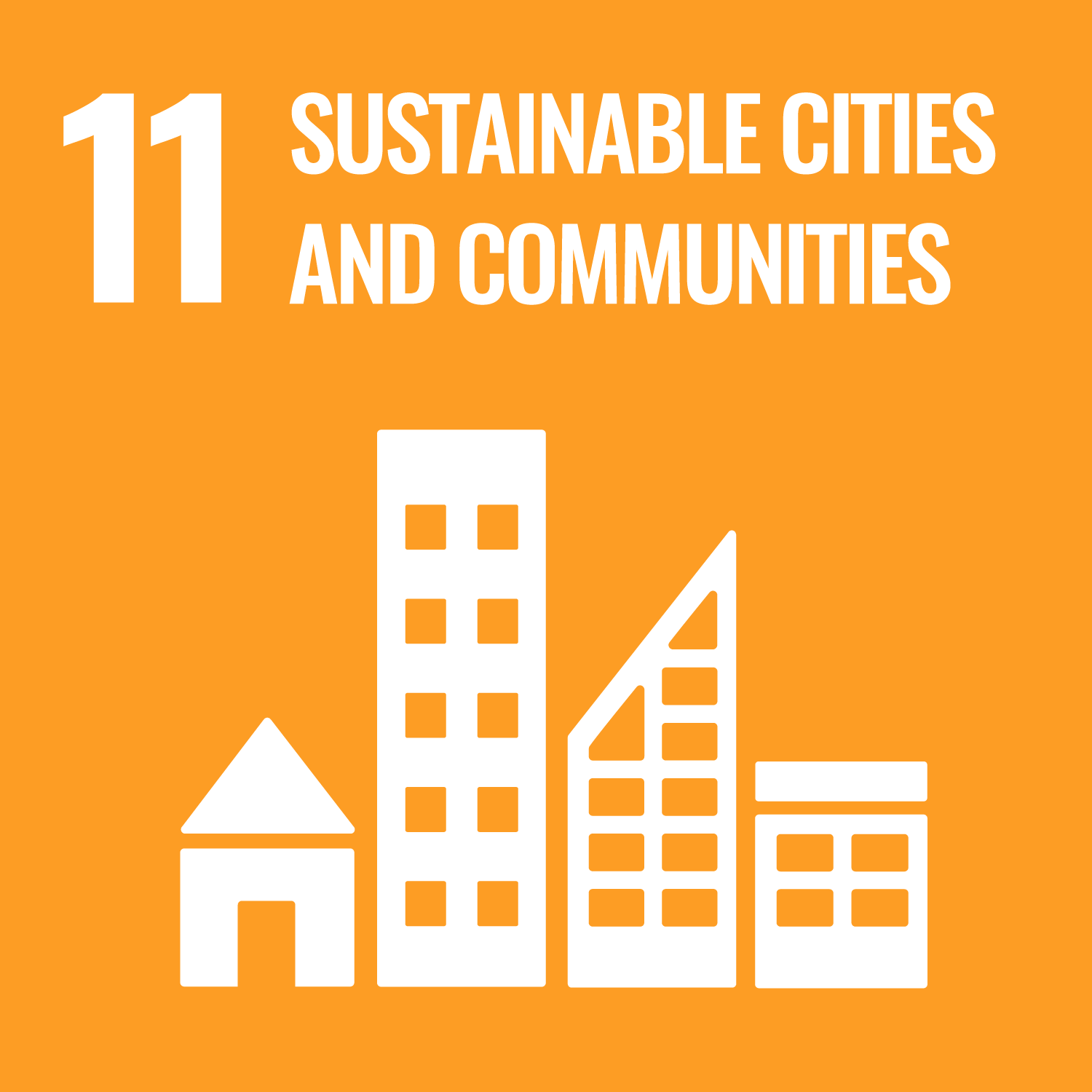
SDG No. 11 - SUSTAINABLE CITIES AND COMMUNITIES
Sustainability is a hallmark of Greening the Earth, making communities and settlements inclusive, safe, resilient and sustainable by delivering ownership to the communities of projects that deliver long-term self-reliance and empowerment.
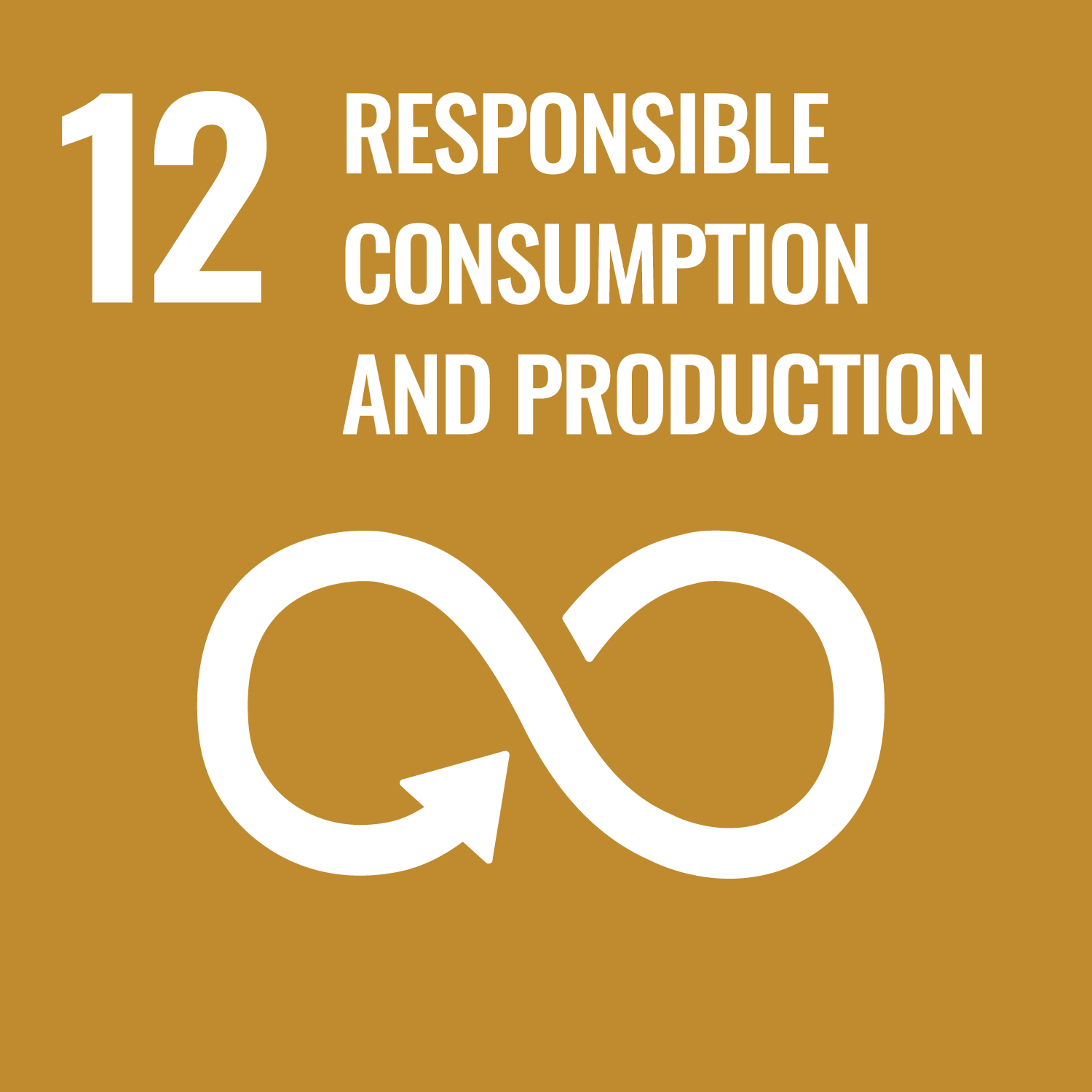
SDG No. 12 - RESPONSIBLE CONSUMPTION
Sustainable consumption and production patterns in an environmentally appropriate manner for high quality, nutrient-rich and allergen-free organic products, improve living standards focussed on responsible consumption; efficiency of natural resources; waste reduction; tourism development and reduced alcohol consumption and substance abuse.
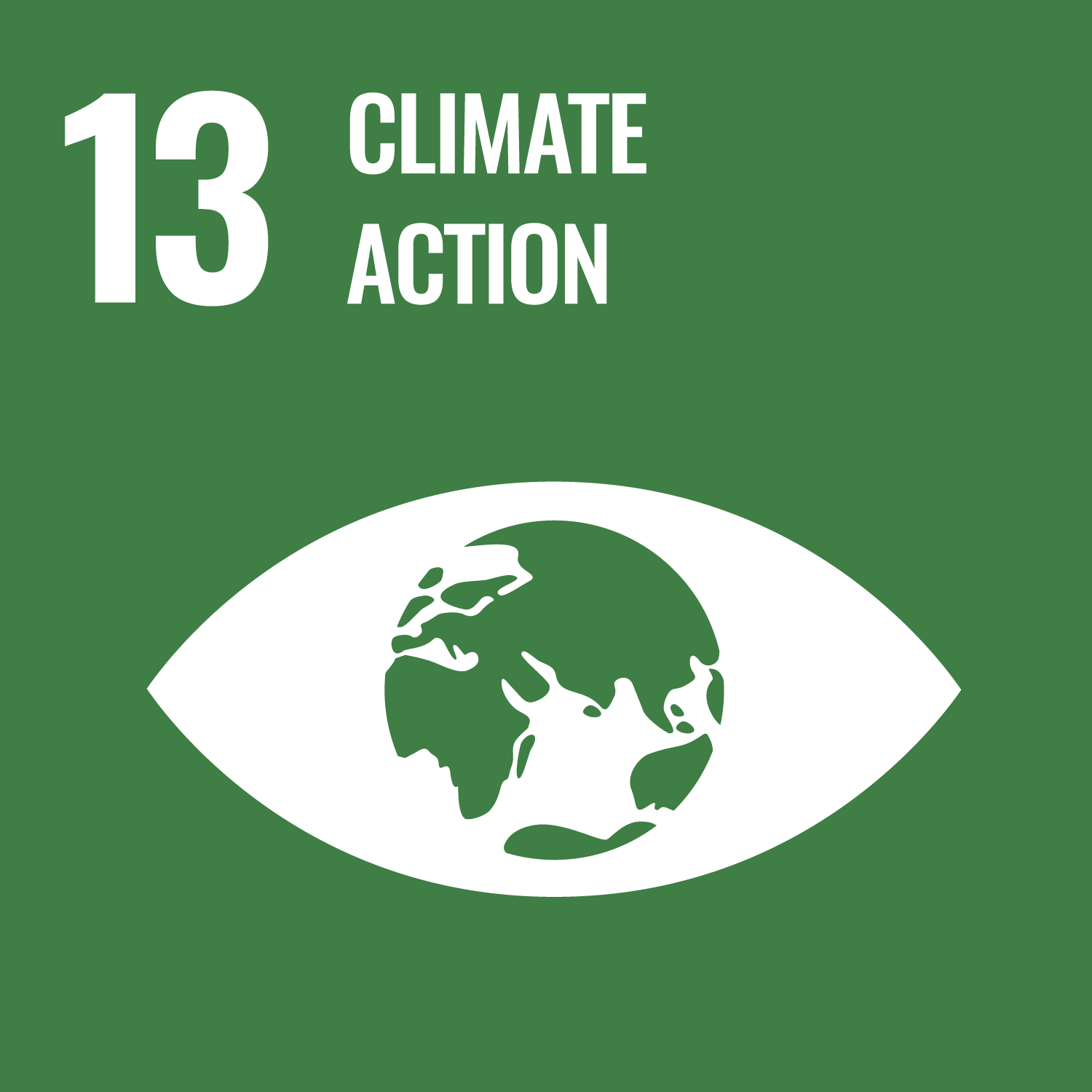
SDG No. 13. - CLIMATE ACTION
Combatting climate change is the essence of Greening the Earth – strengthening resilience and adaptive capacity to respond to climate-related disasters by offsetting emissions from regenerative agriculture as soil carbon offset accredited by Australia’s Clean Energy Regulator (CER) under grazing rules of the Emissions Reduction Fund (ERF).
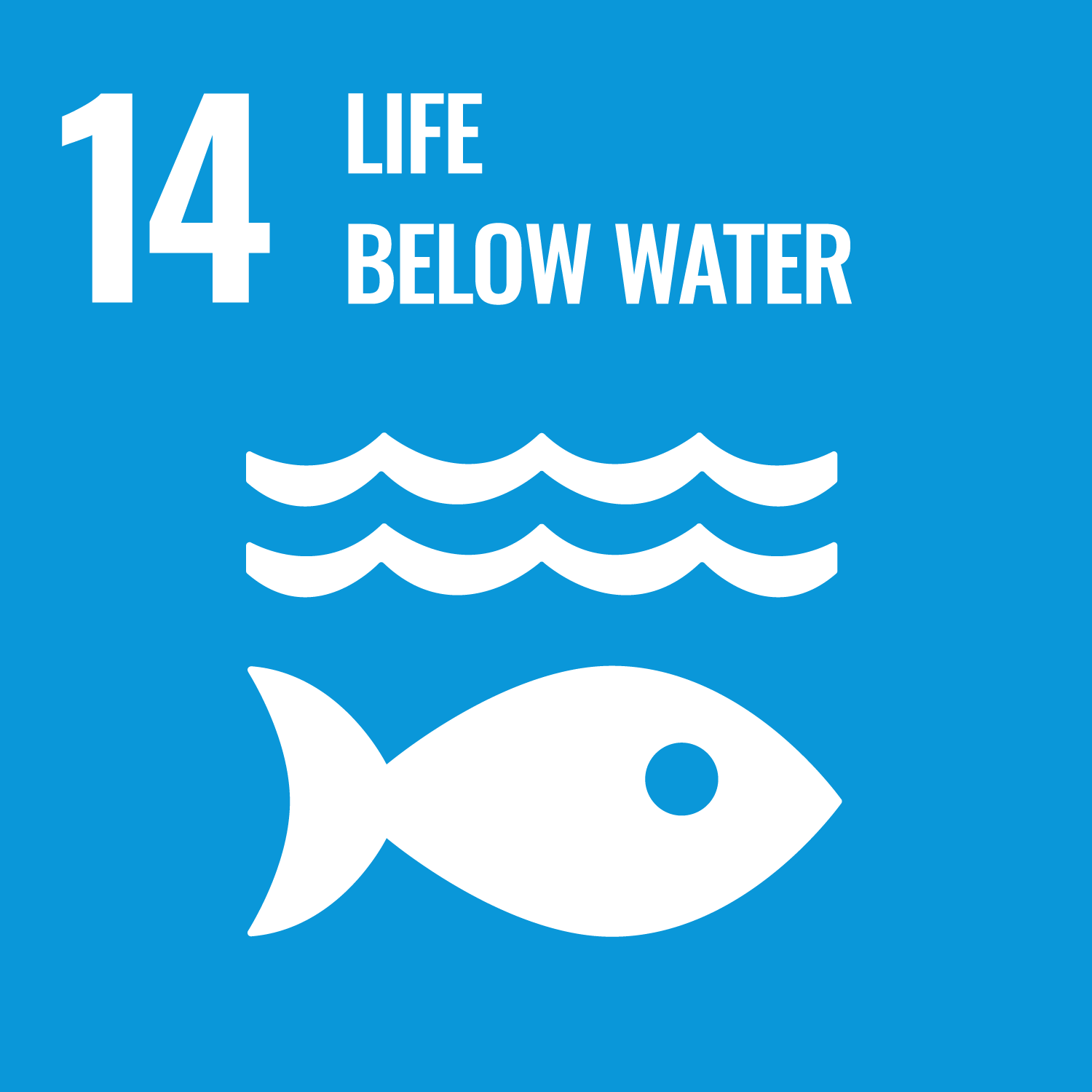
SDG No. 14 – LIFE BELOW WATER
Conserving and sustaining oceans, seas and marine resources from better land management practices reduces effluent runoff and topsoil loss – less marine pollution and sustainable coastal ecosystems and marine resources. The beneficial reuse of associated water from oil and gas mining improves farming and reduced residual salt cake and brine.
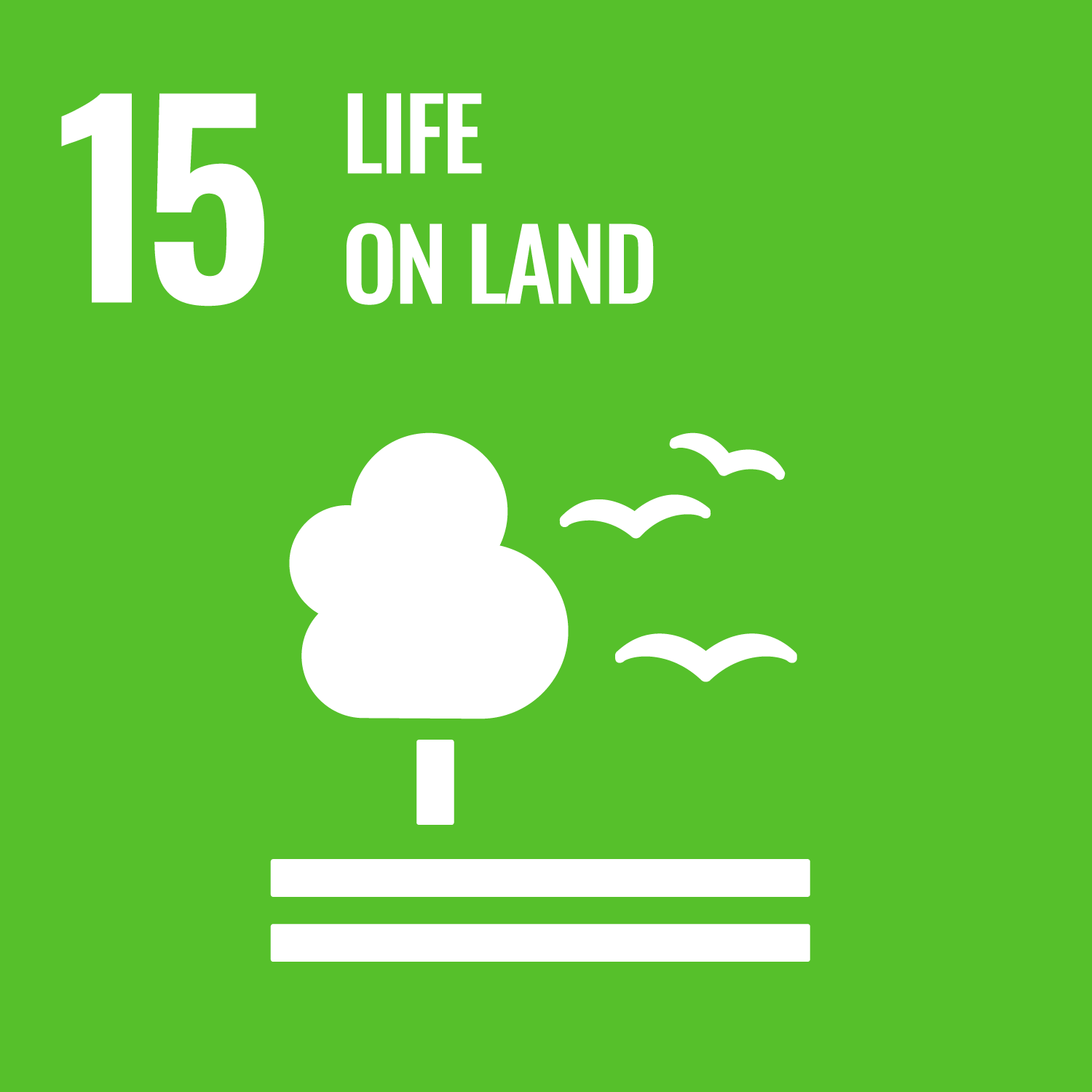
SDG No. 15 – LIFE ON THE LAND
Protecting and restoring the natural capital of the land by promoting sustainable use of terrestrial ecosystems, combatting desertification and halting and reversing land degradation, increases biodiversity and protects, restores and sustains the land for future generations – reducing natural habitat destruction and restoring depleted ecosystems.

SDG No. 16 - PEACE AND JUSTICE
Bringing people together for a common cause to provide solutions applicable on a global basis are fundamental aspects of Greening the Earth for peaceful and inclusive societies attuned to sustainable development which, in an era of widespread stateless refugees, can help to deliver unfettered access to fair, equitable and prompt systems of justice for all.

SDG No. 17 PARTNERSHIPS FOR THE GOALS
Strengthening global partnerships for sustainable development is the basis for a better world where participation by national and international leaders and policymakers represents a shift in mindset for addressing the global challenge of climate change based on the practicality of collaterally sustaining the world by Greening the Earth.
